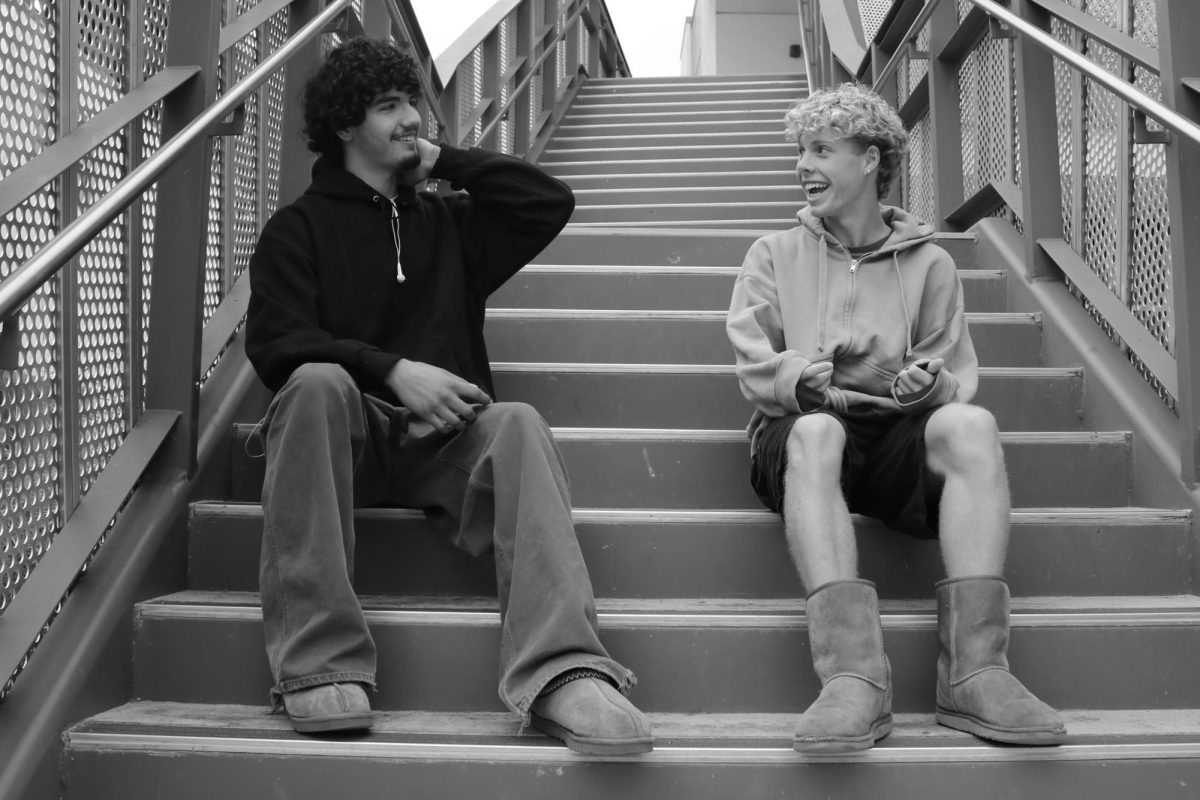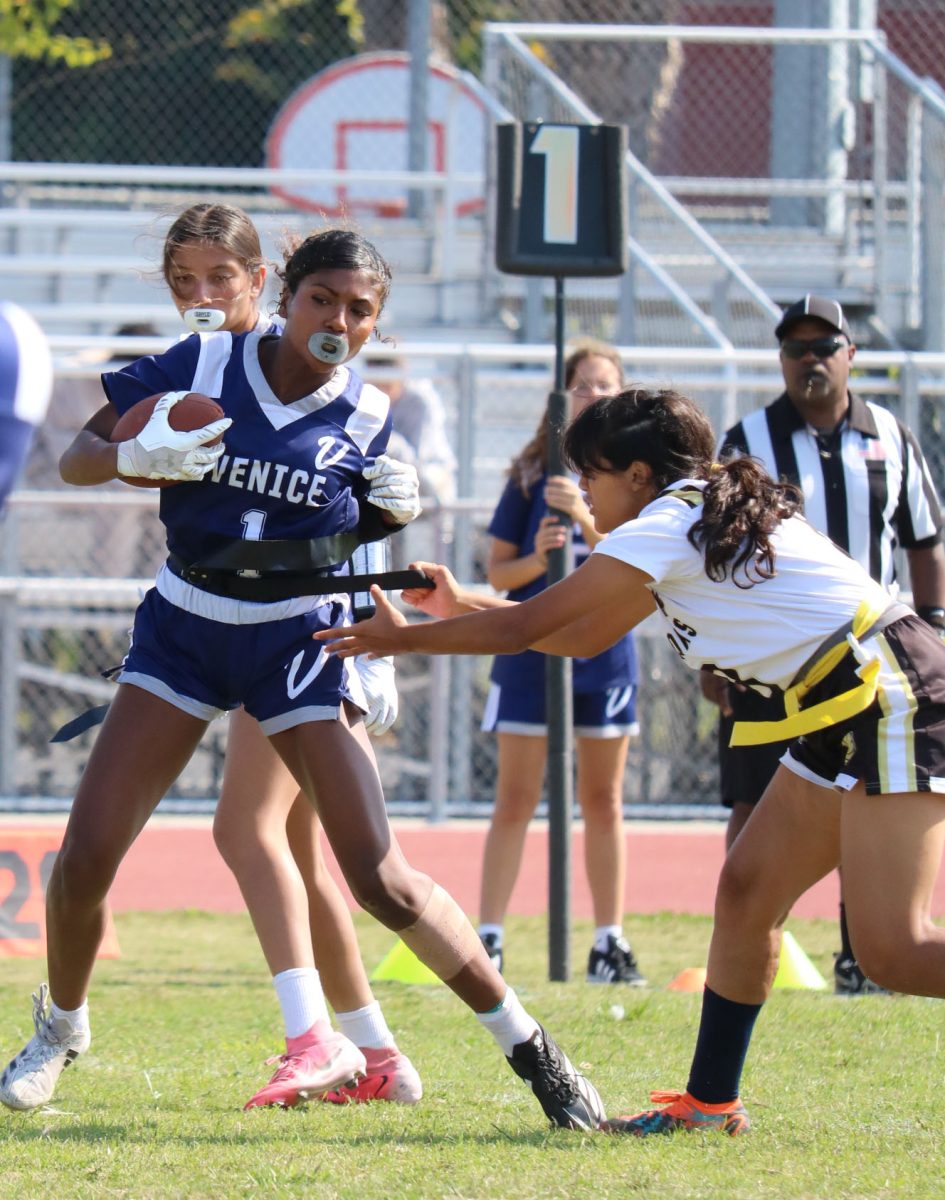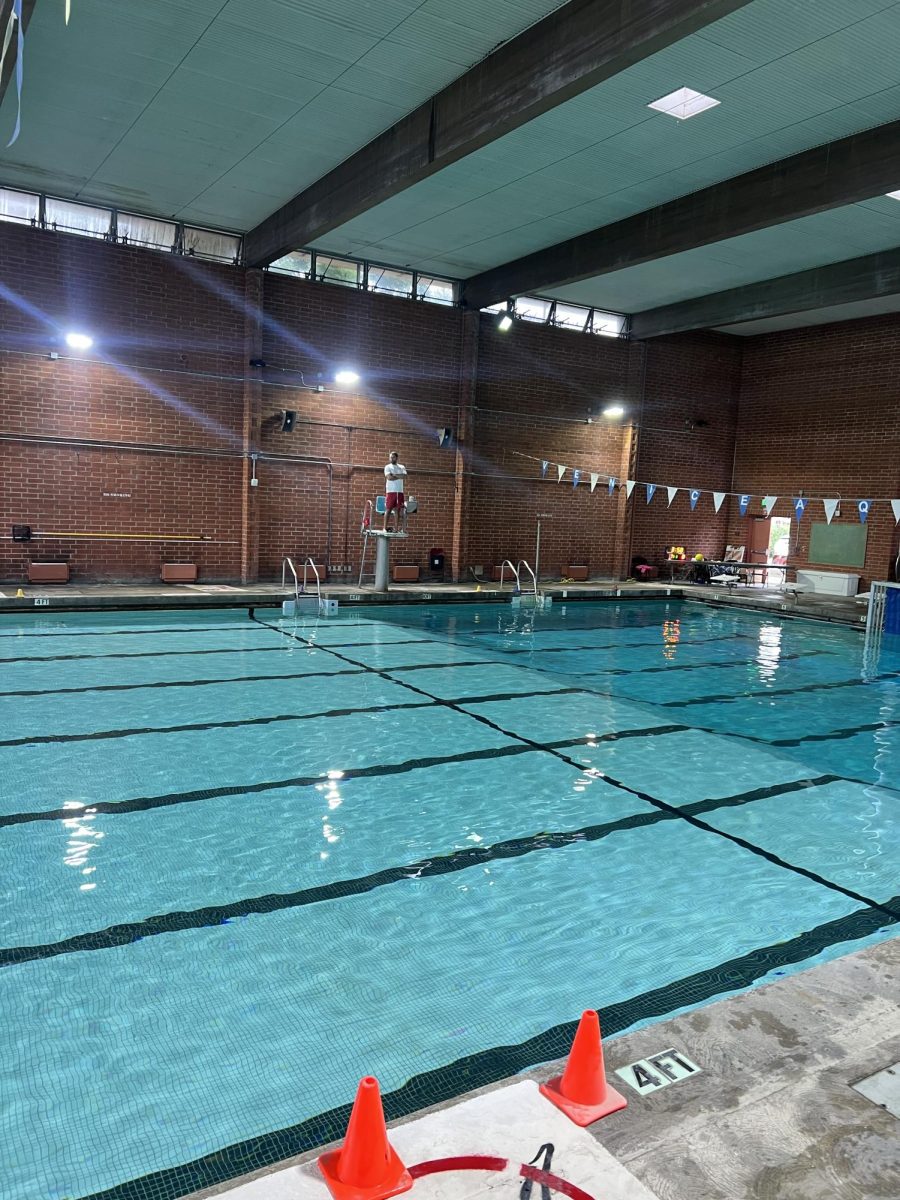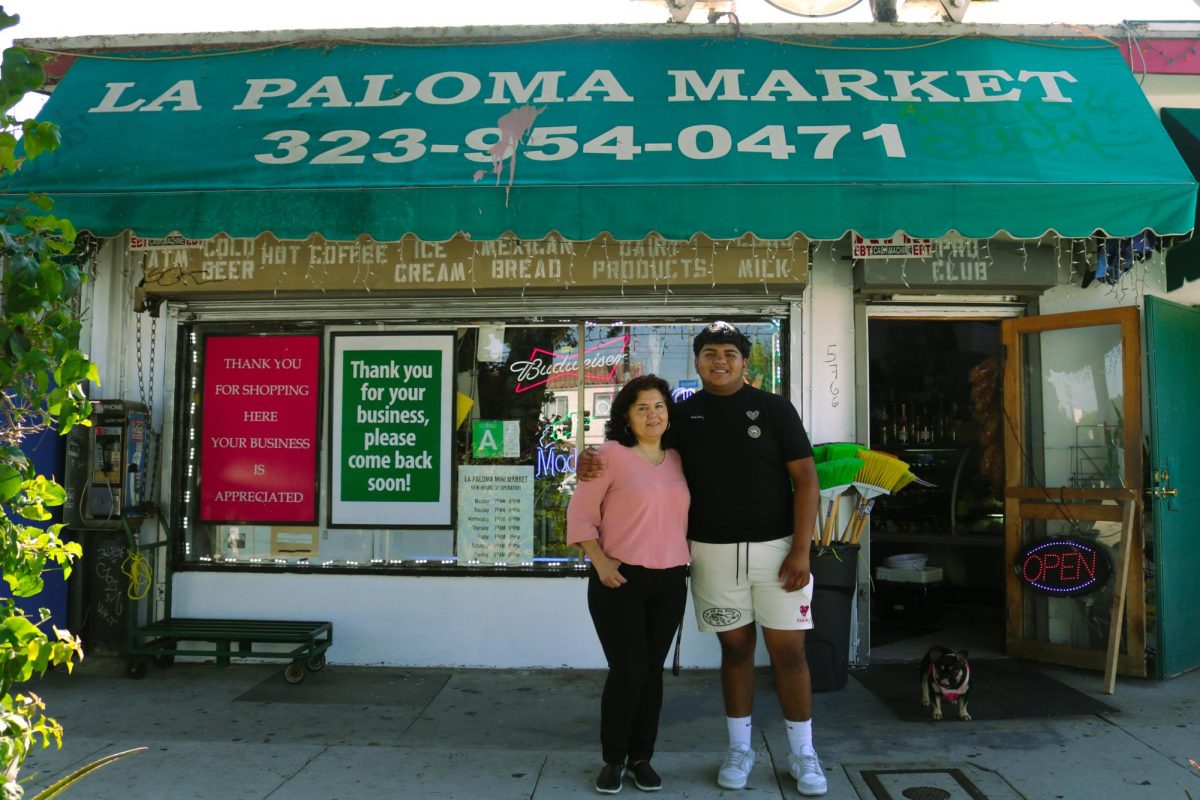Picture this: the sprawling, open roads of Texas, dotted with colossal-sized Walmarts and Buc-ee’s. It’s a lot different than California’s busy taco stands and soothing, coastal breeze.
These authentic images of two states that are often perceived as worlds apart (Texas, with its vast flat landscapes and hearty embrace of traditional values, and California with its bustling cities and picturesque coastlines). Yet, beneath these stereotypical, surface differences lies a surprising commonality of the students of these two states.
Texas and California are very different states, no doubt about that. The levels of how they’re so different can go on forever. After growing up in these opposites, I’ve noticed a remarkable similarity in the reactions and attitudes of students in these seemingly polarized states.
This observation challenges the popular perception that these states, known for their distinct political and cultural climates, foster fundamentally different mindsets in their youth.
In Texas, I experienced a strong religious influence in education, with teachers often referencing the Bible and God.
This contrasted sharply with my experience in California, where discussions focused on contemporary issues like the perceived biases in digital platforms.
Despite these differences, I was struck by the uniformity in how students in both states reacted to their teachers’ statements. Whether it was a dismissal of climate change in Texas or a critique of societal structures in California, the students displayed a similar level of engagement and acceptance.
During a lesson in Willow Springs Middle School in Lucas, TX, my math teacher shared a controversial perspective, claiming that global warming is a myth.
She argued that the loss of animals like polar bears was overstated (the polar bears will simply migrate or the ice will refreeze, she said). I was shocked, looking to see if any other students heard what I had heard. Nothing.
This consistency in student responses across both states is intriguing. It suggests that, despite being immersed in contrasting cultural and political atmospheres, students in California and Texas share a common approach to processing and reacting to information.
My journey through these opposite educational landscapes has taught me the value of understanding and connecting with people from different backgrounds. It has shown me that beneath the surface-level differences, there is a shared human experience that binds us.
This realization has enabled me to form meaningful friendships across these states and foster open, non-judgmental conversations. It has also taught me the importance of not rushing to conclusions based on preconceived notions about a region’s culture or politics.
The similar student reactions in both California and Texas highlight a shared student experience that transcends regional boundaries.
But I’m a Longhorns fan for life. Hook ’em.












